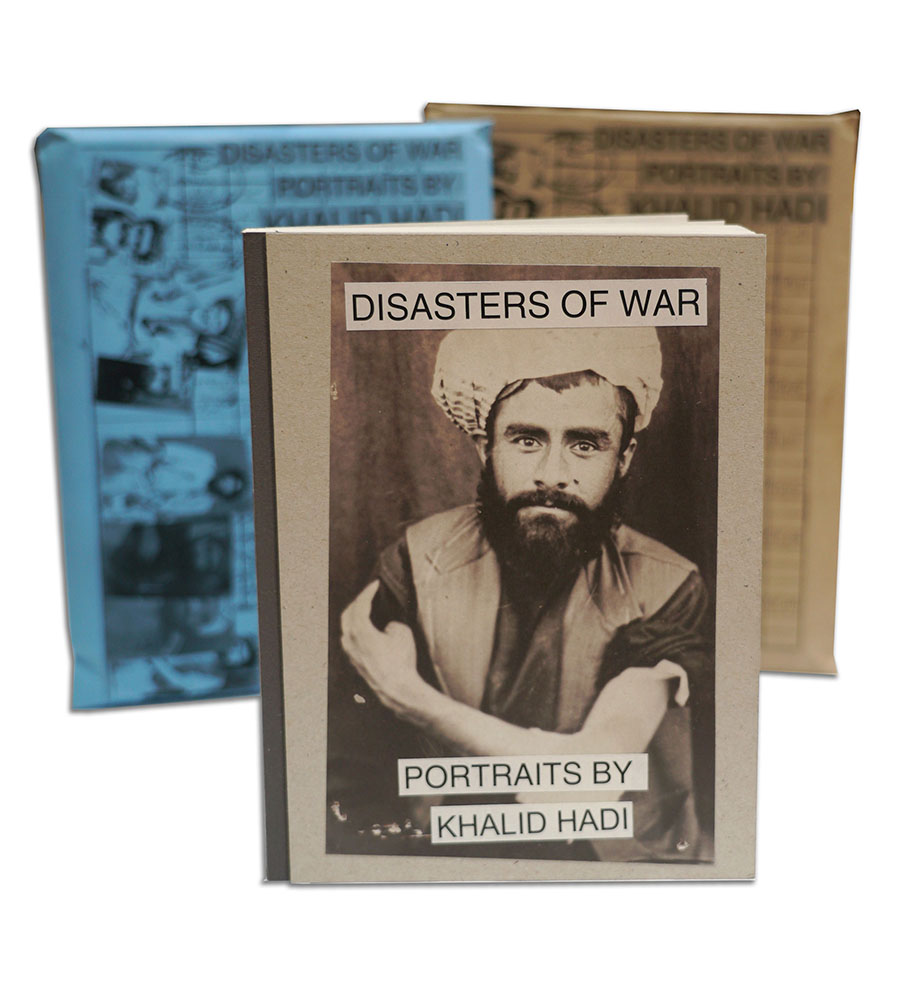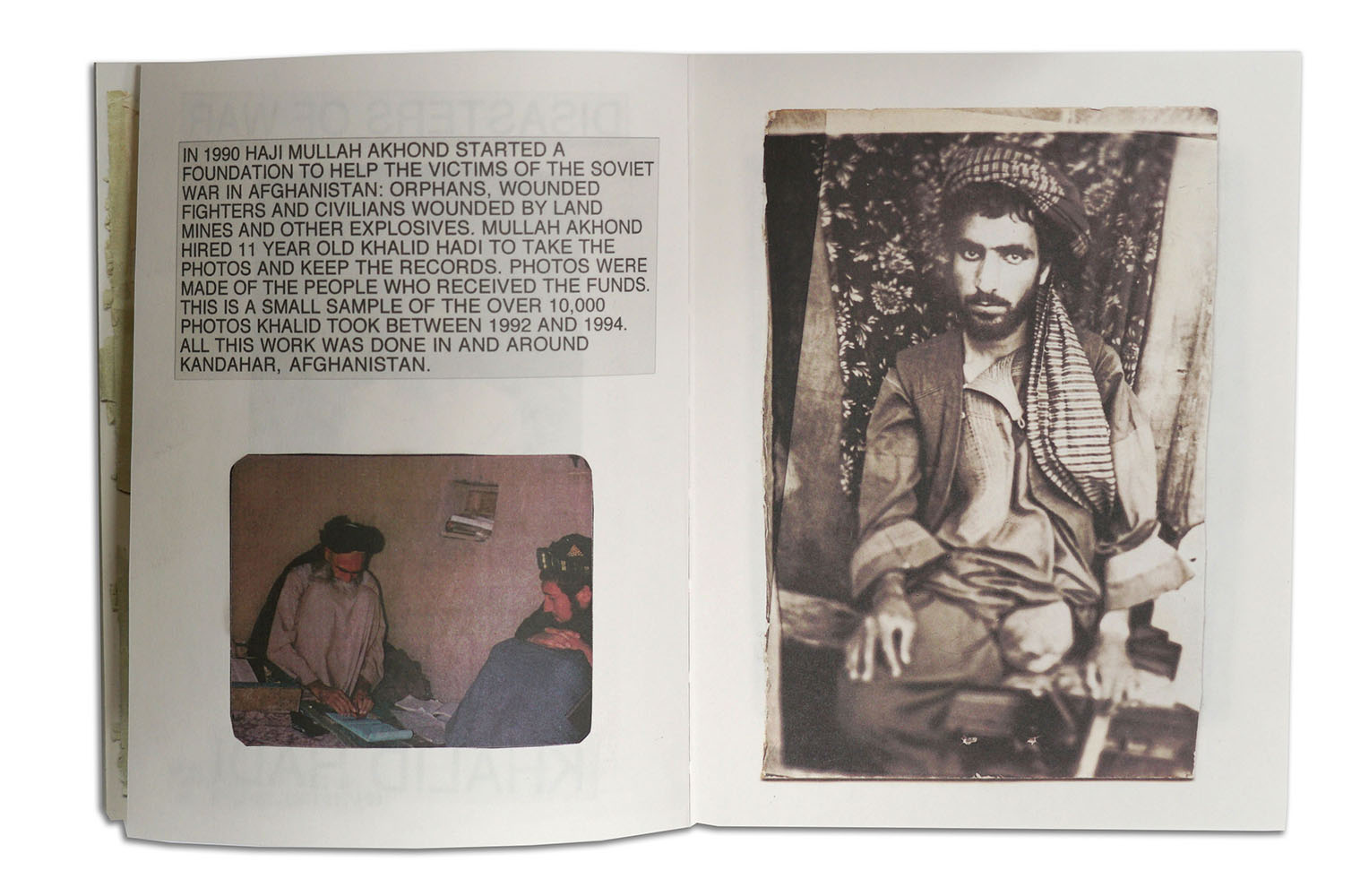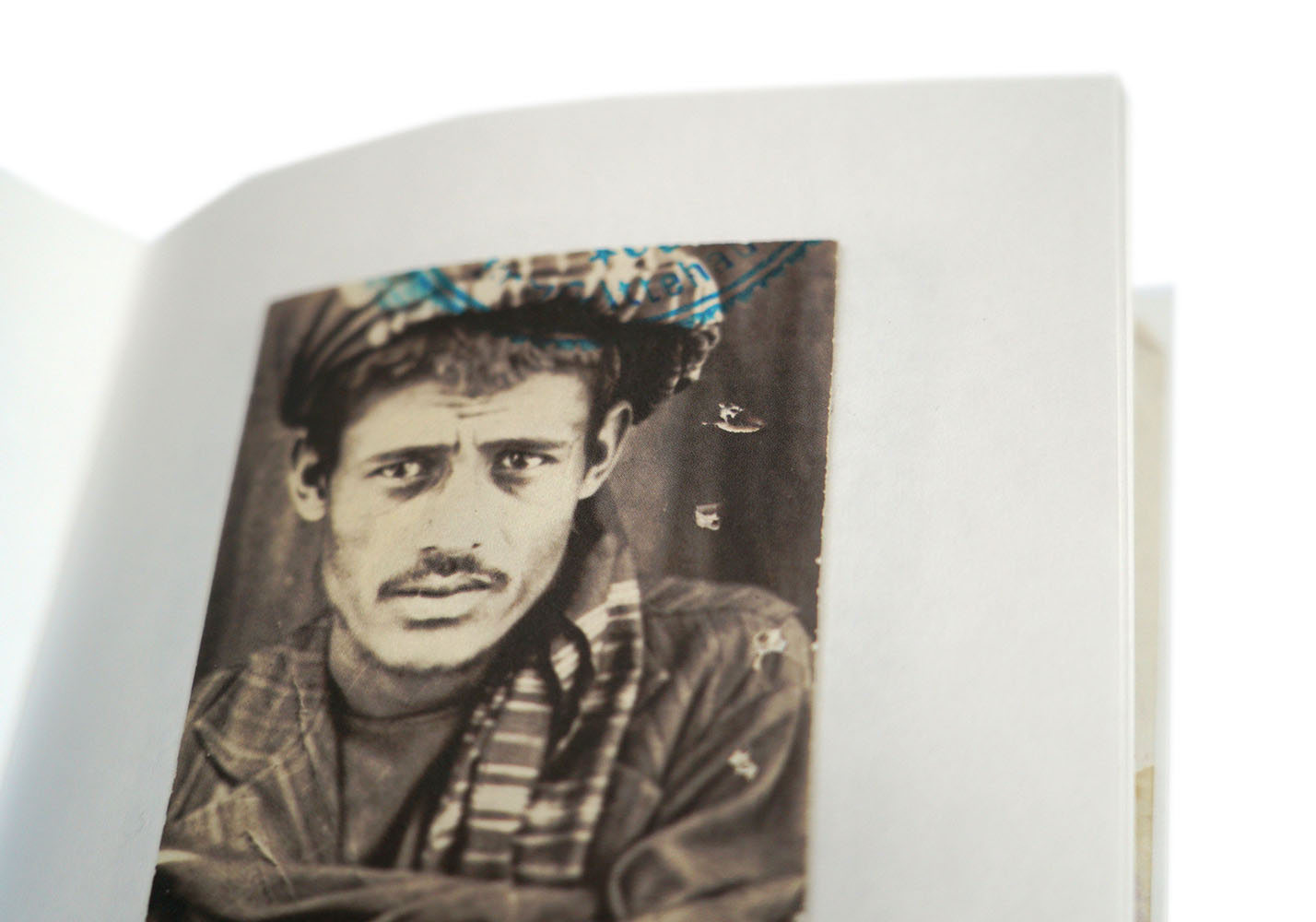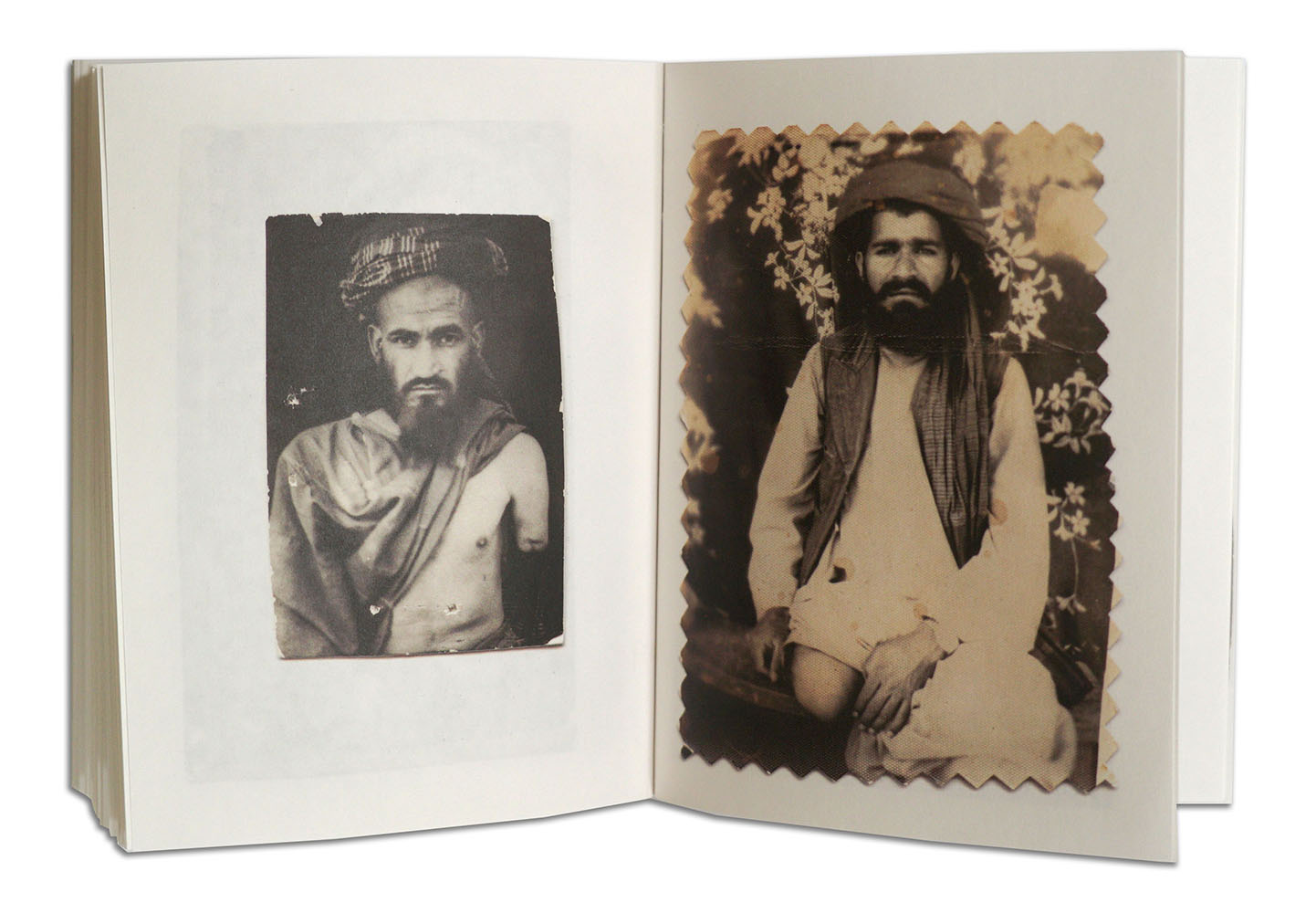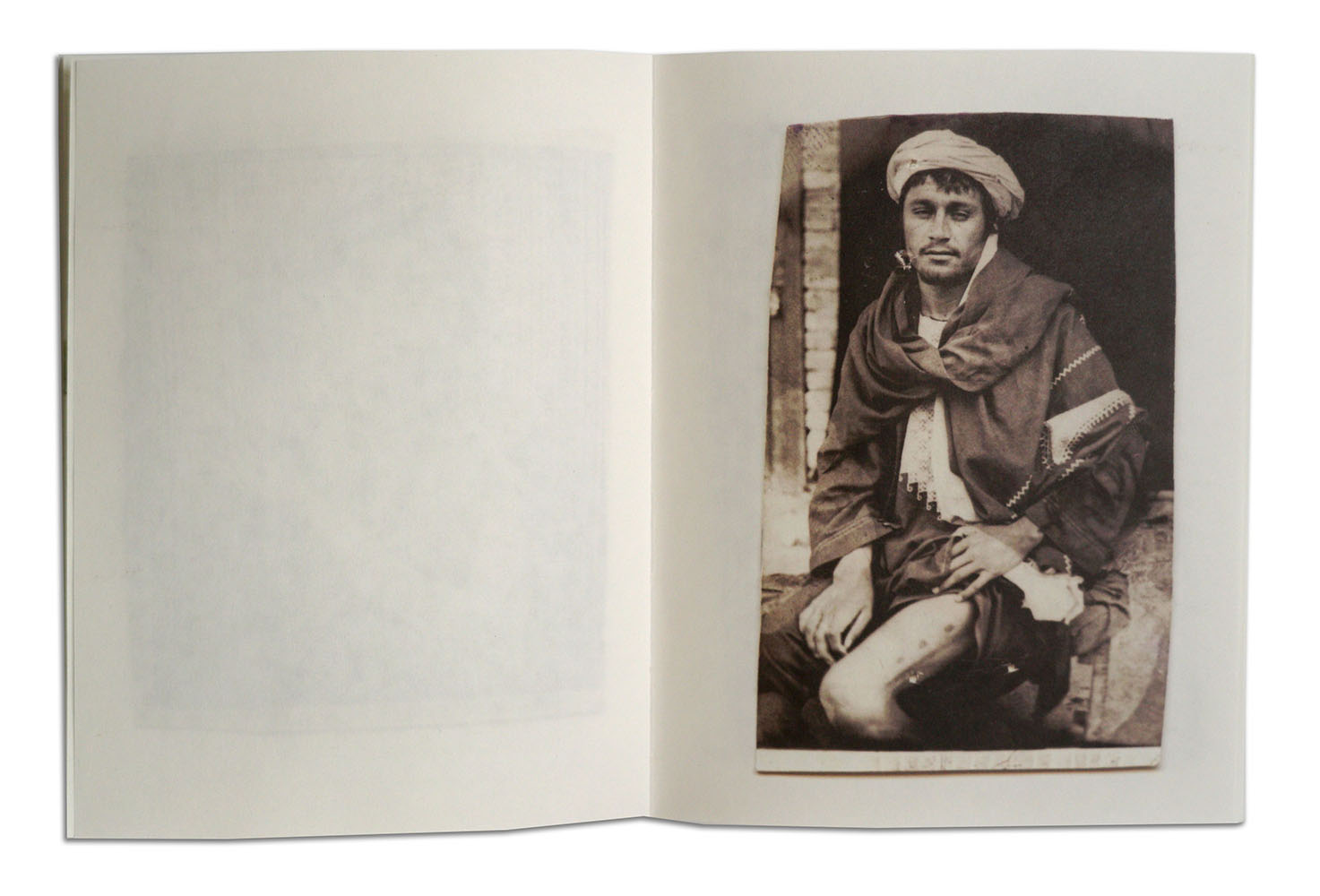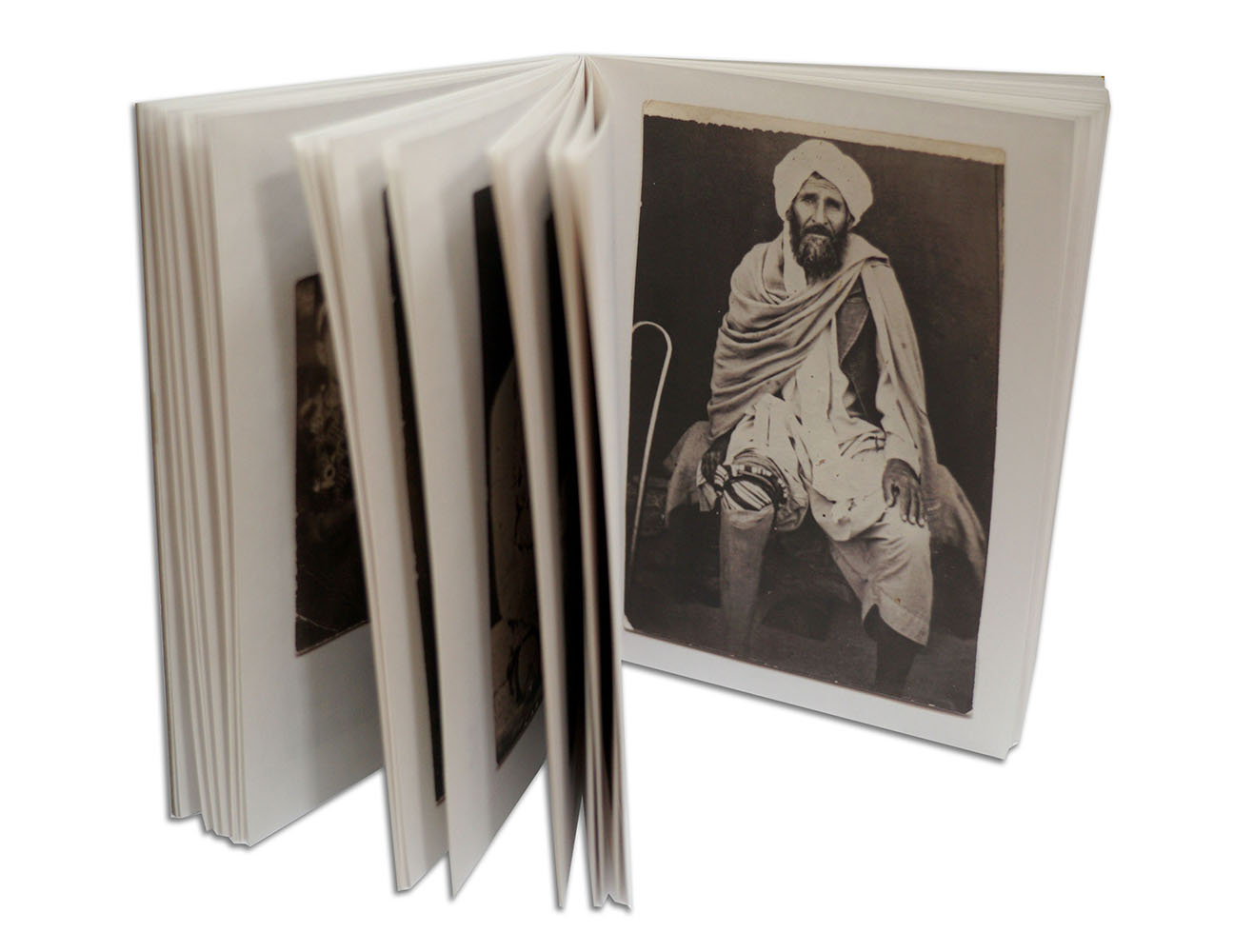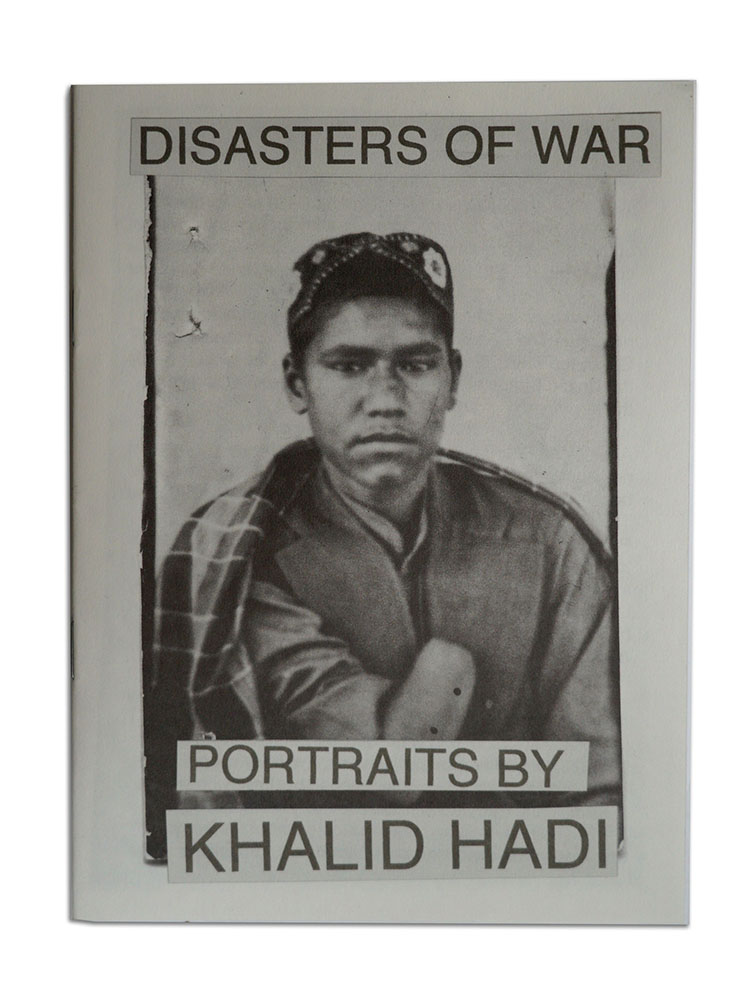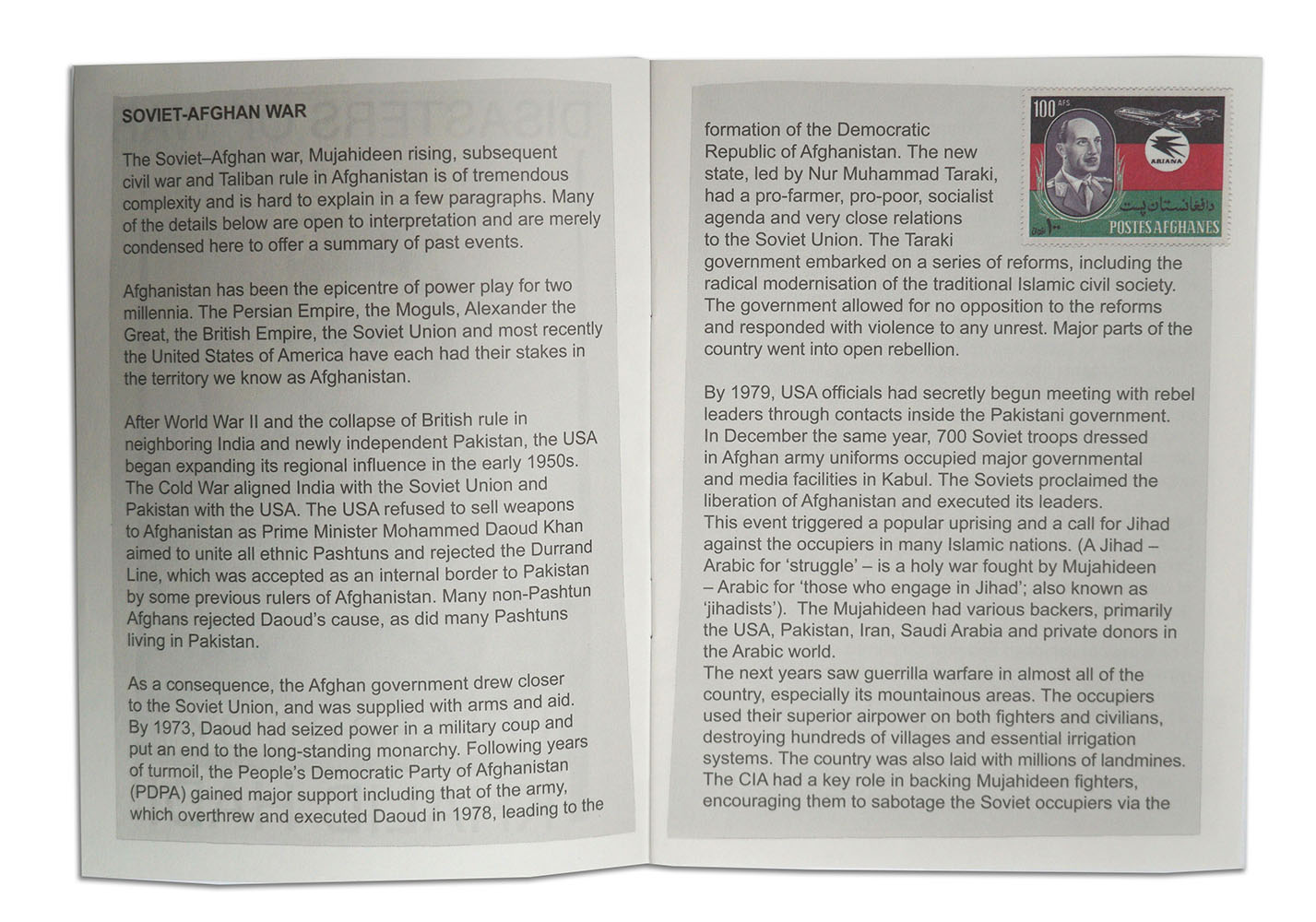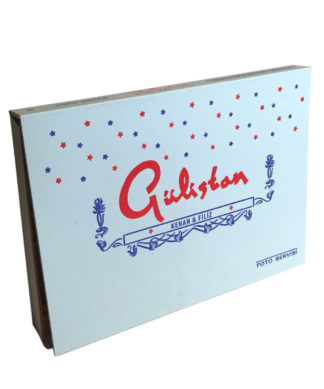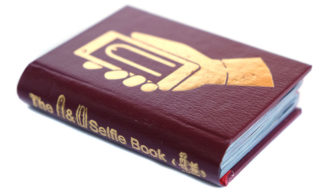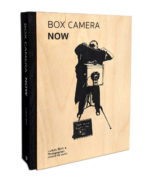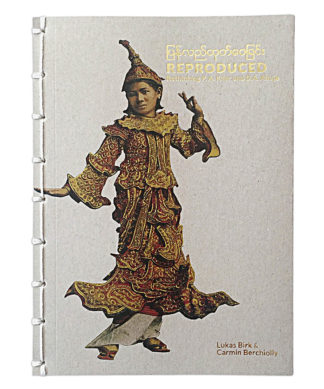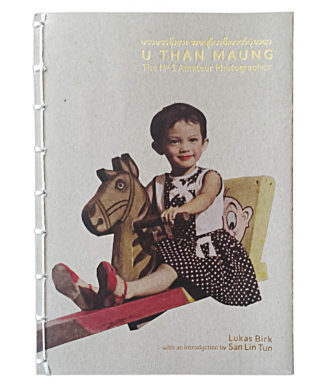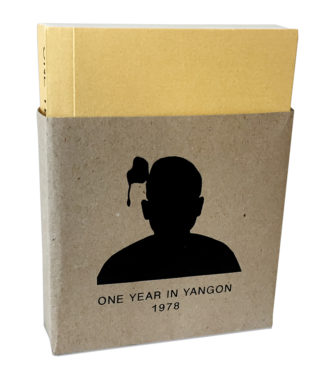1ère édition numérotée sur 400 exemplaires.
Présenté dans une enveloppe (enveloppes de 2 couleurs différentes)
L’histoire des images dans le livre est complexe et pour la condenser, elle se lit comme suit:
Un garçon de 11 ans, Khalid Hadi, a été nommé photographe dans une fondation de secours pour les victimes de la guerre afghano-soviétique à Kandahar, dans le sud de l’Afghanistan. Orphelins, combattants blessés, civils. Pendant trois ans, il a photographié 10 000 victimes du conflit avec une caméra en bois pour l’administration de la fondation.
Lorsque les talibans ont pris le contrôle de la majeure partie de l’Afghanistan, il était découragé de continuer à travailler comme photographe et a accepté un emploi pour les dirigeants oppressifs; Prendre des photos d’infrastructures et d’autres projets talibans. Mais après quelques années, il ne put plus le supporter et s’enfuit aux USA où il rencontra par hasard le célèbre photographe Edward Grazda. C’était en 2001, juste avant le 11 septembre.
Khalid a présenté à Edward Graza une photographie du chef taliban Mullah Omar, qu’il avait prise 8 ans auparavant à la fondation. L’œil du mollah Omar a été blessé alors qu’il combattait en tant que moudjahidin. À cette époque, le mollah Omar, bien que le personnage le plus recherché, était un mystère et aucune photographie connue de lui n’était disponible. Avec l’aide d’Edward, l’image a été rendue publique via l’agence Magnum.
Disasters of War, édité par Edward Grazda, illustre une fraction des photographies de Khalid au cours de ses années en tant que photographe ambulant avec son Afghan box camera. La beauté silencieuse des images patinées détient une violence choquante d’une occupation scandaleuse avec des centaines de milliers de victimes. Un morceau d’histoire presque oublié en dehors de l’Afghanistan, mais c’était le tout début de la formation de groupes terroristes, soutenus par les puissances occidentales dans les dernières années de la guerre froide. Des groupes terroristes internationaux qui résonnent encore dans le monde entier.
The story to the images in the book is complex and to condense it reads as follows:
An 11 year old boy, Khalid Hadi, was made a photographer at a relieve foundation for victims of the Afghan-Soviet war in Kandahar, South Afghanistan. Orphans, wounded fighters, civilians. For three years he photographed 10.000 casualties of the conflict with a wooden box camera for the administration of the foundation.
When the Taliban took over most of Afghanistan, he was determent to continue working as photographer and took a job for the oppressive rulers; Taking pictures of infrastructure and other Taliban projects. But after a few years he could not bare it any longer and fled to the USA where by chance he encountered the renown photographer Edward Grazda. This was in 2001, just before 9/11.
Khalid presented Edward with a photograph of the Taliban leader Mullah Omar, which he took 8 years prior at the foundation. Mullah Omar’s eye was wounded while fighting as a Mujahedin. At this time Mullah Omar, although a most wanted figure, was a mystery and no known photograph of him was available. With the help of Edward the image was made public via Magnum.
Disasters of War, edited by Edward Grazda, illustrates a fraction of Khalid’s photographs in his years as box camera photographer. The silent beauty of the weathered images hold a shocking violence of an outrageous occupation with hundreds of thousands victims. A piece of history almost forgotten outside of Afghanistan, yet it was the very beginning of the formation of terrorist groups, backed by western powers in the last years of the cold war. International terrorist groups that still echo throughout the world.


